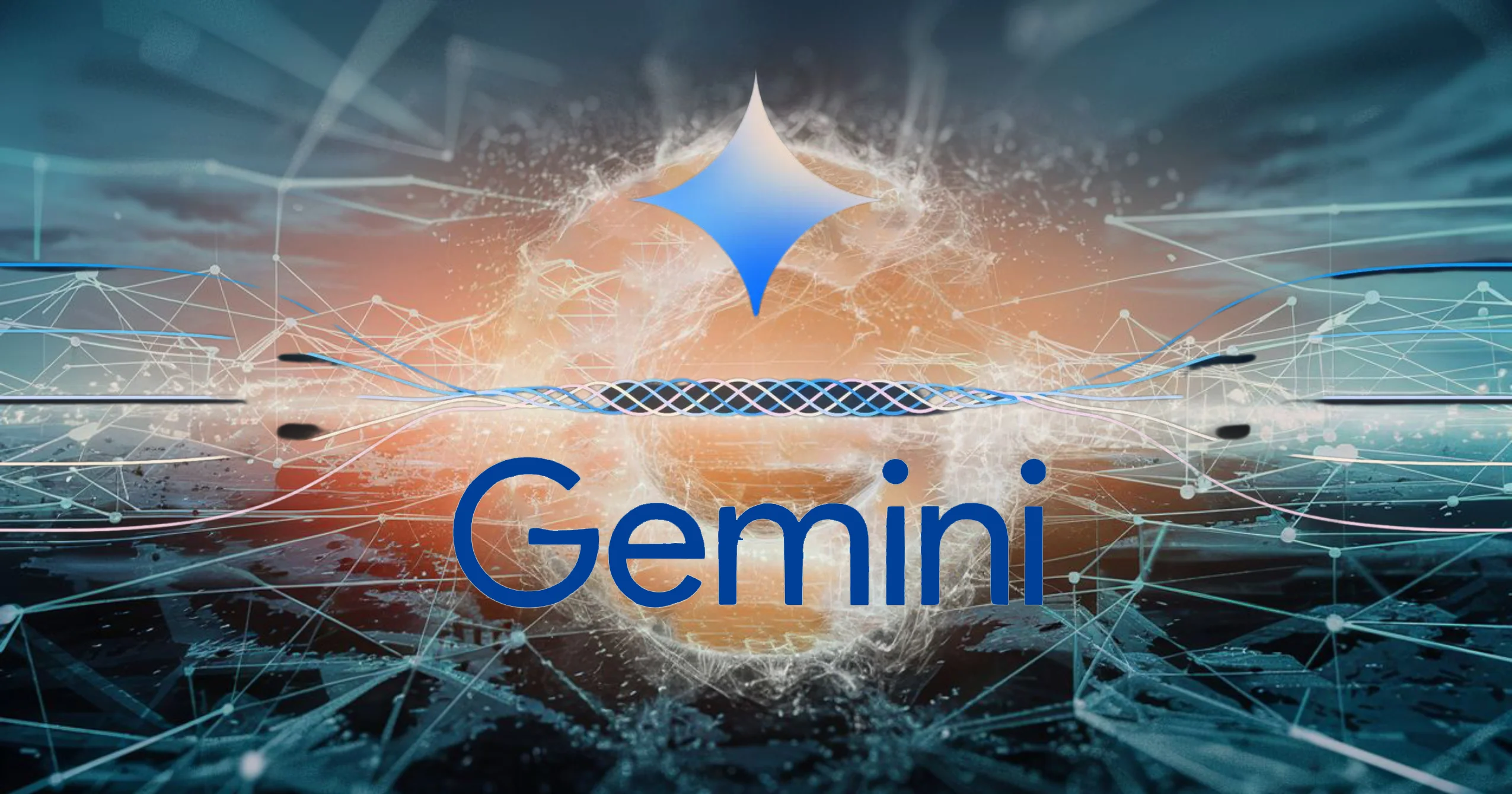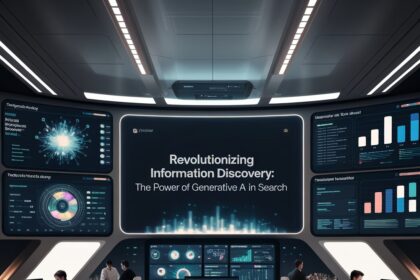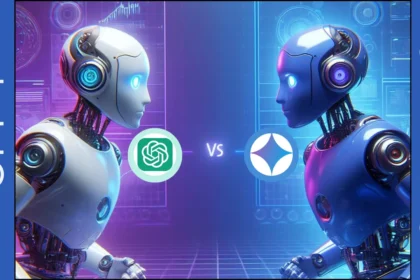As time passes technologies shift into more advanced forms, and the current AI transition stands out, reaching previous transformations like mobile or web adoption. AI’s huge potential spans ordinary to extraordinary, driving innovation, economic growth, and outstanding levels of knowledge and productivity. The prospect of globally beneficial AI excites me!
Gemini 1.0, is an advanced model, that represents a significant march forward, marking the start of a new era with endless opportunities for individuals worldwide. Google Gemini stands as the most powerful AI Tool to become an integral part of future needs. It will have refined multi-modal abilities, master human-style conversations, language, and content, understand and interpret images, code effectively, drive data and analytics, and be used by developers to create new AI apps and APIs.
Introduction Google Gemini AI
AI has been my life’s focus, and experience with research. From programming AI for games as a teen to studying the brain’s complications, I believe Artificial intelligence can benefit humanity. This commitment drives our work at Google DeepMind, aiming for AI models inspired by mortal understanding.
Moment, we introduce Gemini, our most versatile model, put up combined across Google. It’s multi-modal, seamlessly handling various information types. Google Gemini is our most flexible model, running efficiently from data centers to mobile devices.
Optimized in three sizes —Gemini Ultra, Gemini Pro, and Gemini Nano it fits complex tasks, scales extensively, and operates efficiently on the device. It marks a significant tomb toward our vision of a responsible AI mission.
How does Google Gemini Works
Google Gemini works through a two-step process. It experiences vast training on an extensive dataset, exercising many neural network ways to understand the content, answer questions, and induce text. The Gemini Large Language Models( LLMs) employ a motor model-grounded structure, enhanced to reuse expansive strongest series across different data types like text, audio, and video.
Google DeepMind incorporates effective attention mechanisms in the motor decoder to handle prolonged surrounds measuring various modalities. Gemini AI models are trained on different multimodal datasets, and optimized through advanced data filtering. Targeted fine-tuning is applied for specific use cases as different Gemini models support distinct Google services. During both training and conclusion, Gemini benefits from Google’s TPUv5 chips, specialized AI accelerators designed for effective large-model training and deployment.
Addressing challenges similar to toxins, Gemini to expansive safety testing and mitigation measures. The models suffer strict testing on academic marks across language, image, audio, video, and law disciplines to ensure complete functionality.
Does Google Gemini have more power than Chatgpt?
In the comparison between Google Gemini and ChatGPT, experts frequently bent limits, which are many variables in an AI system tuned during training to transfigure input into the affair. Generally, the lesser the number of parameters, the more advanced the AI. ChatGPT4.0, presently the most advanced AI, boasts 1.75 trillion parameters.
In discrepancy, Gemini is projected to surpass this count, with reports suggesting 30 trillion or indeed 65 trillion parameters. Still, an AI’s prowess extends beyond parameter volume. According to a study by SemiAnalysis, Gemini AI is poised to” outperform” ChatGPT4.0. Potent indicates that by the end of 2023, Gemini could be over five times more potent, potentially boasting 20 times the power of ChatGPT4.0.
Google’s Gemini Toward Sustainability
While the company has not yet made sustainability updates. And there are many other ways in which generative AI can help reduce the industry’s footprint on the planet.
1. Analyzing Useful Information From Data
In addition to the rapid increase in data, artificial intelligence is increasingly important for teams analyzing large volumes of information and searching for trends that can serve as reference points when adjusting long-term plans. We don’t expect to ever see them do that, but if they could somehow integrate these at this point into their new environmental social and governance (ESG) reporting mechanism it would be very impressive. Just wait until 2004 when sustainability scores and action points are further simplified.
2. Enhancing Sustainable Decision-Making
With the addition of real-time data analysis, AI can help organizations integrate relevant new information into their existing systems. Using Google technology to enhance decision-making. Application areas for climate science, including flood warnings, natural disaster forecasts, and the management of road networks have already seen a pretty good start by Google.
3. Simplifying Supply Chain Operations
The same goes for Google, whose command has allowed us to anticipate some of the effects on traffic conditions of physical infrastructure and environmental efficiency. Similarly, artificial intelligence can serve as the basis for selecting which routes could be taken at the lowest cost while having maximum impact. However, an improved understanding of the nature and quality of types is tied to be another asset for firms that are suppliers, customers, or somewhere in between. Currently, each measures sustainability using different methods–and describes it differently as well.
4. Automating Compliance and Reporting
That’s why observance is one of 2023’s most talked-about subjects. So organizations will seek to fine-tune next year how they report sustainability indicators and ensure that it becomes part of their everyday activities.
The Future of Google Gemini AI
As part of Gemini’s original launch on December 6, 2023, Google outlined the line of its coming-generation LLMs( Large Language Models). A focal point in Gemini’s future is the Gemini Ultra model, originally not released alongside Gemini Pro and Gemini Nano. Google displays that Gemini Ultra would be accessible to select guests, inventors, mates, and experts for early trial and feedback.
Gemini Ultra serves as the foundation for what Google terms a Bard Advanced experience, an enhanced and more potent explanation of the Bard chatbot. The unborn direction of Google Gemini also involves wider perpetration and combination across the Google portfolio. It’ll be incorporated into the Google Chrome cybersurfer to enhance the web experience, and Google commits to combining Gemini into the Google Advertisements platform, offering advertisers innovative ways to connect and engage with druggies. Also, the Duet AI supplement is poised to profit from Gemini in the future.
Conclusion
Google Gemini AI represents a vital moment in AI’s complex, offering incited prospects and significant challenges. To ensure a good future, collaboration and responsibility are supreme. Increased investment, along with strong management, guarantees honest and indifferent technology operations.
Human oversight remains pivotal, taking pool reskilling and upskilling. Addressing the algorithmic of the device, and fostering trust are crucial considerations. Public engagement and multinational cooperation shape a future where AI serves humanity favorably. The trip demands a commitment to collaboration, ethics, and responsible development, releasing Gemini’s development for a brighter global future.
Faq’s
What is Google Gemini?
Technologists want AI tools that can work to consume any kind of data and work in the widest variety of post-deployment scripts. Google knows this and it has erected Gemini to be multi-modal and be suitable to ingest information in text form, but also in the shape of images, audio, and video.
When is Google Gemini coming out?
While Google wasn’t the first on the AI scene, it now plans to rise to the top with Gemini suspected as the most important AI model ever to live. Gemini was launched on Wednesday, December 6, 2023, so we will now see how the long game plays out.
Is Google Gemini AI available?
The Gemini API is now available. Gemini Pro is also available on Google AI Studio, a web-grounded tool that helps snappily develop prompts.
How to use Google Gemini?
How to use Gemini AI
- Go to the Gemini AI website and produce an account
- Once you have created an account, you’ll be given an API key.
- Install the Gemini AI customer library for your programming language.
- In your law, import the Gemini AI customer library and initialize it with your API key.
- Call the Gemini AI API to induce text, translate languages, write different kinds of creative content, or answer your questions in an instructional way.












